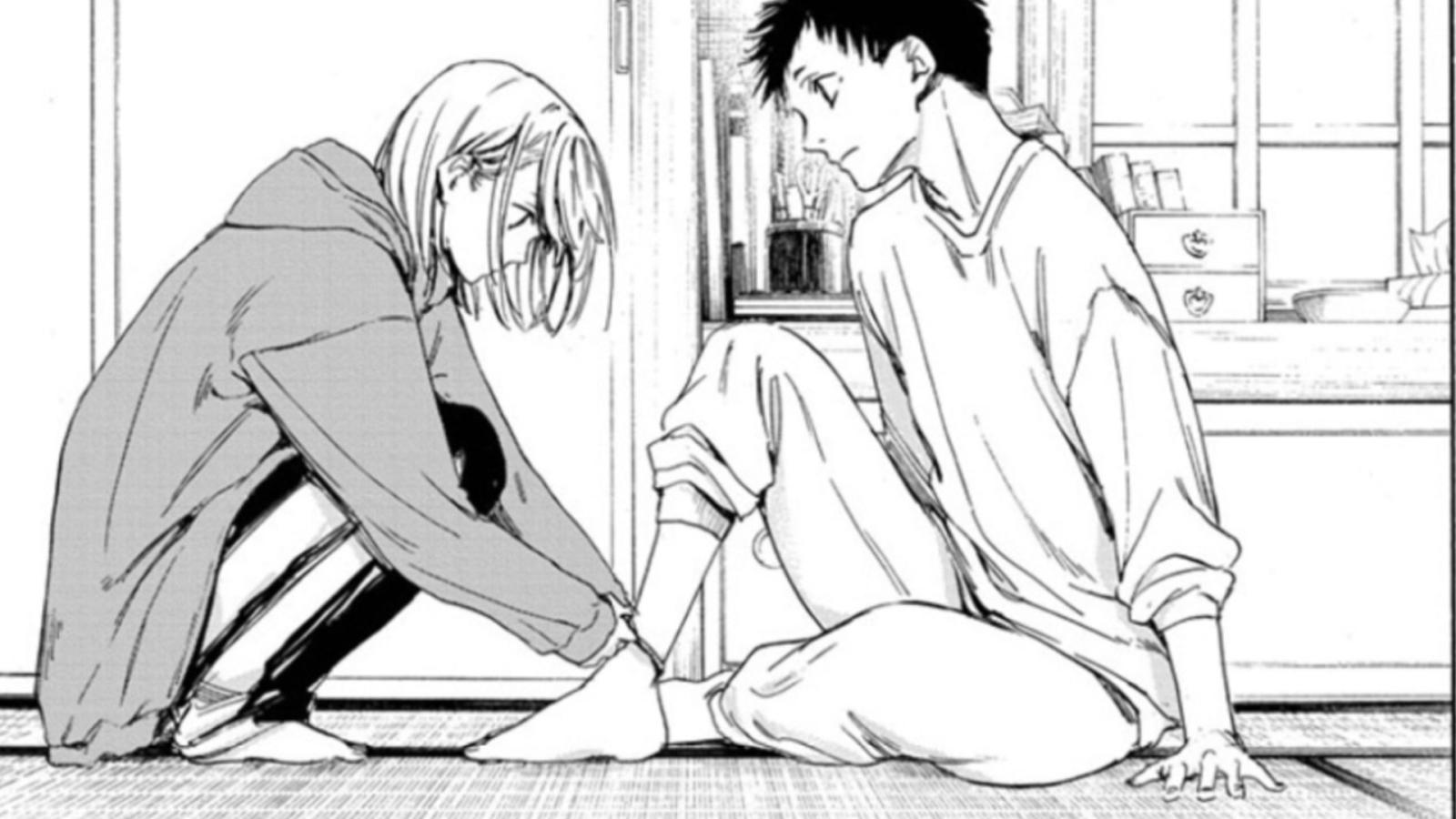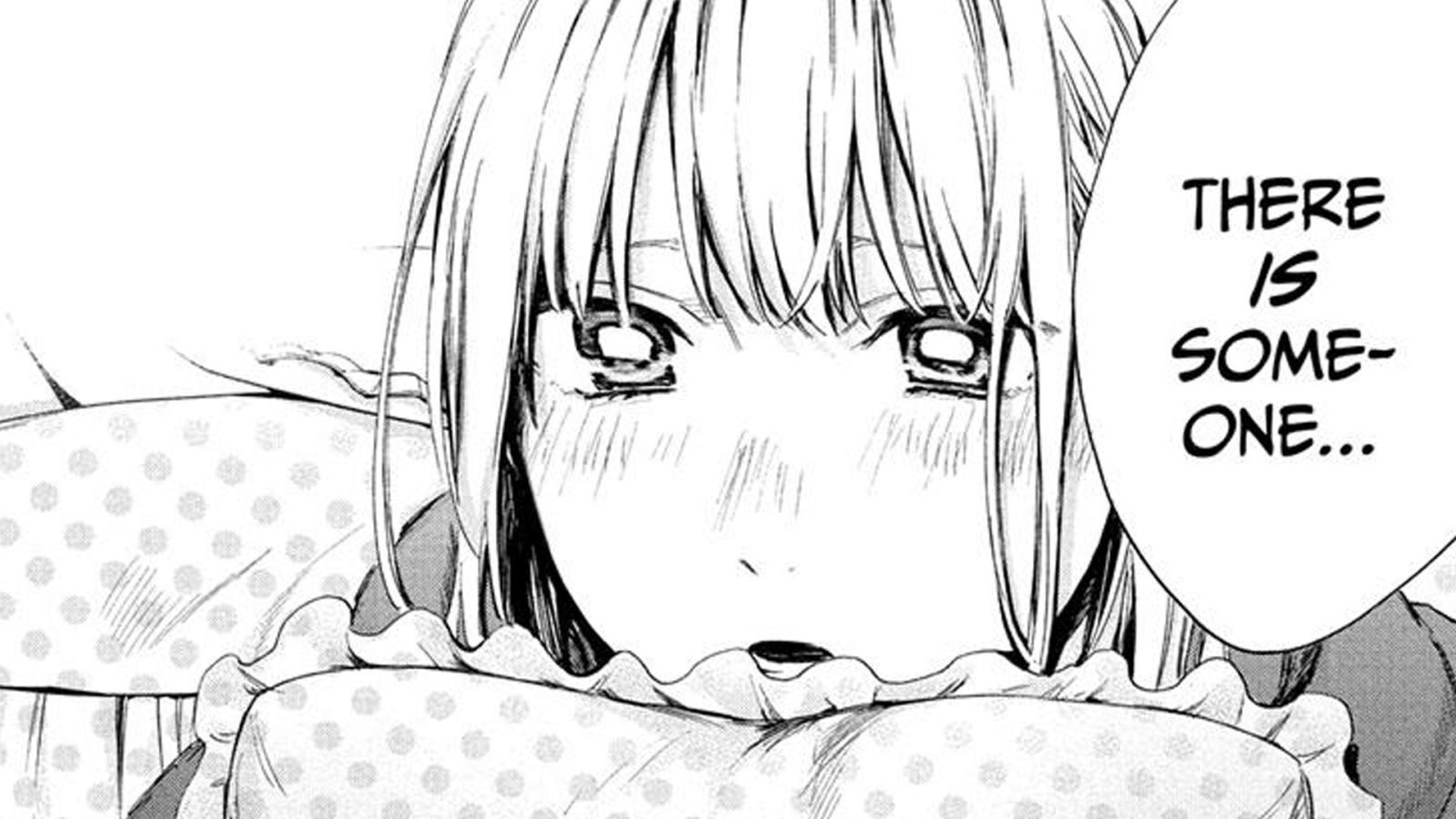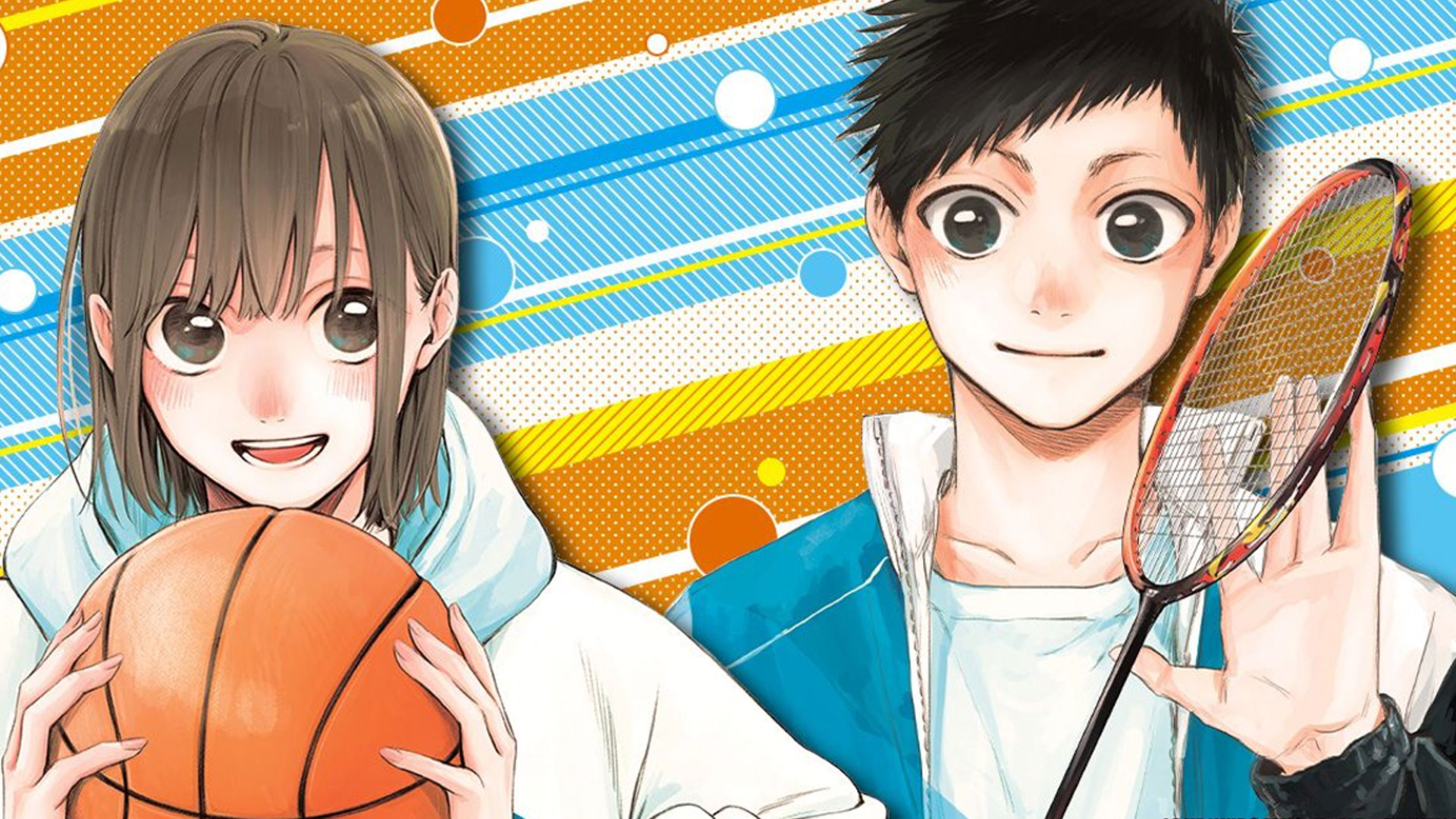This romance shonen title is turning out to be great.
There is no shortage of romance manga coming out right now. If you sit down and look it up, you will probably find any variation of a love story to read. Two opposite personalities meet and suddenly fall for each other, an affair between a teacher and a student, a rocky relationship between a shy guy and an extroverted girl. The list goes on. But Blue Box still manages to feel fresh and new. Even in this saturated landscape it finds a way to tell a compelling and authentic story. Here’s why this manga is slowly becoming something special.
Blue Box follows Taiki Inomata, a school student and a badminton player whose main dream is to win the national competition. He meets Chinatsu, a girl who goes to the same school as him and who is also a basketball player. They bond over their interest in sports when suddenly Chinatsu’s parents leave the city because of work and she has to start living in the same house with Taiki.
Does the premise sound familiar? Probably yes. There are tons of romance mangas where two characters have to share a living space against their will, or mangas where characters get closer because they have similar interests. But there are no mangas that explore these setups the way that Blue Box does. For instance, a shared space is usually used in these stories as a means to create sexual tension between characters. Everyday activities become a source of awkwardness: a guy accidentally finds a girl’s bra, a girl suddenly falls asleep on a guy’s knees, a guy spouts how good a girl’s cooking is and makes her blush, etc. The tropes are abundant. But Blue Box isn’t interested in playing them out as usual. A shared space for Taiki and Chinatsu is not a place for conflict. It actually provides an opportunity for them to share their thoughts and feelings. They don’t constantly scream at each other or shut doors, nor do they run away. They talk and interact. And at some point the shared space stops being the focus of the story at all. What’s left is just a plot about two young people slowly coming together.
The same can be said about many other tropes that appear in the manga. They are introduced, but played out in a very organic way. For example, there is a subplot with Taiki’s childhood friend Hina. In many mangas this type of character is used, again, to create conflict. Authors create love triangles between her, the protagonist and the main girl. These conflicts usually go on forever as the main character fails to realize his true feelings for hundreds of chapters. But this doesn’t happen in Blue Box. Taiki navigates the situation very carefully and doesn’t jump to conclusions. He treats both Chinatsu and Hina with respect and tries his best not to give any false hope to the latter. When the time comes, he has enough courage to tell her that he doesn’t like her as a romantic partner, which leads to a very strong and well-written character development for Hina.

And that’s another strength of this manga. Blue Box has a lot of well-realized female characters that grow and develop on par with the boys. It may not sound like a big deal, but it’s actually very difficult to find a shonen title with strong female characterization. The authors, who are usually men, tend to see girls in romance stories as some sort of enigma. She blushes — what does it mean? She ran away — why? That’s how romance is usually written from a male perspective. Blue Box is almost the opposite. The amount of time spent on Hina or Chinatsu in the manga is almost the same that is spent on Taiki. These girls are not enigmas, nor are they walking stereotypes.
A great amount of effort was put into making these characters feel like real teenagers. Chinatsu’s path towards realizing her feelings for Taiki is never compromised by a stereotypical reaction or unexplained behavior. Her upbringing and her passion for sports have conditioned her to not pay much attention to boys. Romantic affection is something that she is just not used to. So all her will-they-won't-they moments with Taiki, which can be quite tropey and boring in other mangas, actually have a profound context and demonstrate a complicated path of a girl towards understanding her own emotions.

At this point, Blue Box has a bit more than 100 chapters released. Its story recently went through an important turning point and now is starting new developments. It’s impossible to say if the manga will stick to its landing or maintain the quality of its writing. Weekly manga is a tough job for any author, so anything can happen. But even now, with these 100 chapters, it provides a very pleasant read. One that finds new ways to explore old stories and treats its characters with respect. One that reminds us that manga romance is nothing like real life at all. But that’s okay.

